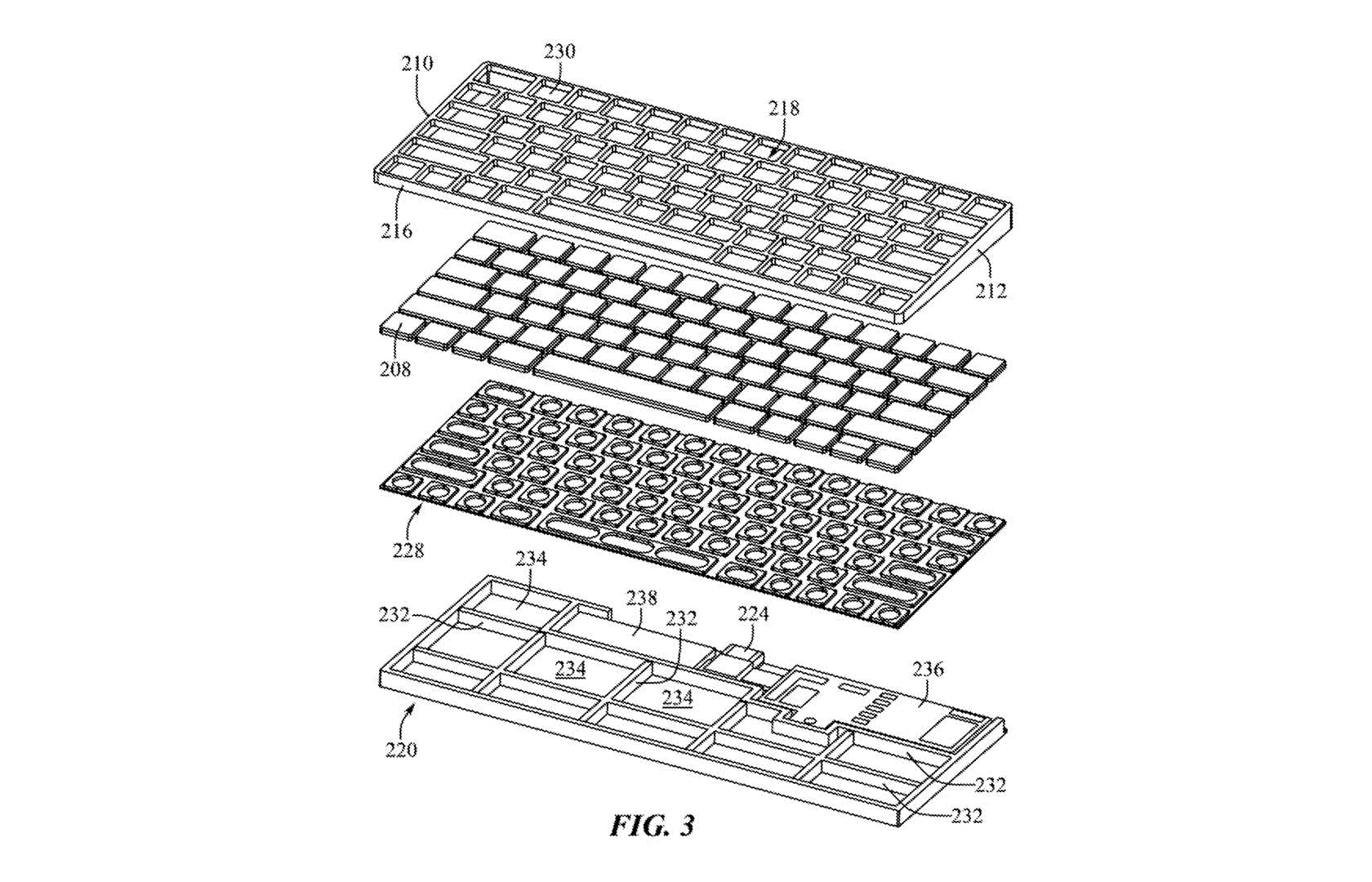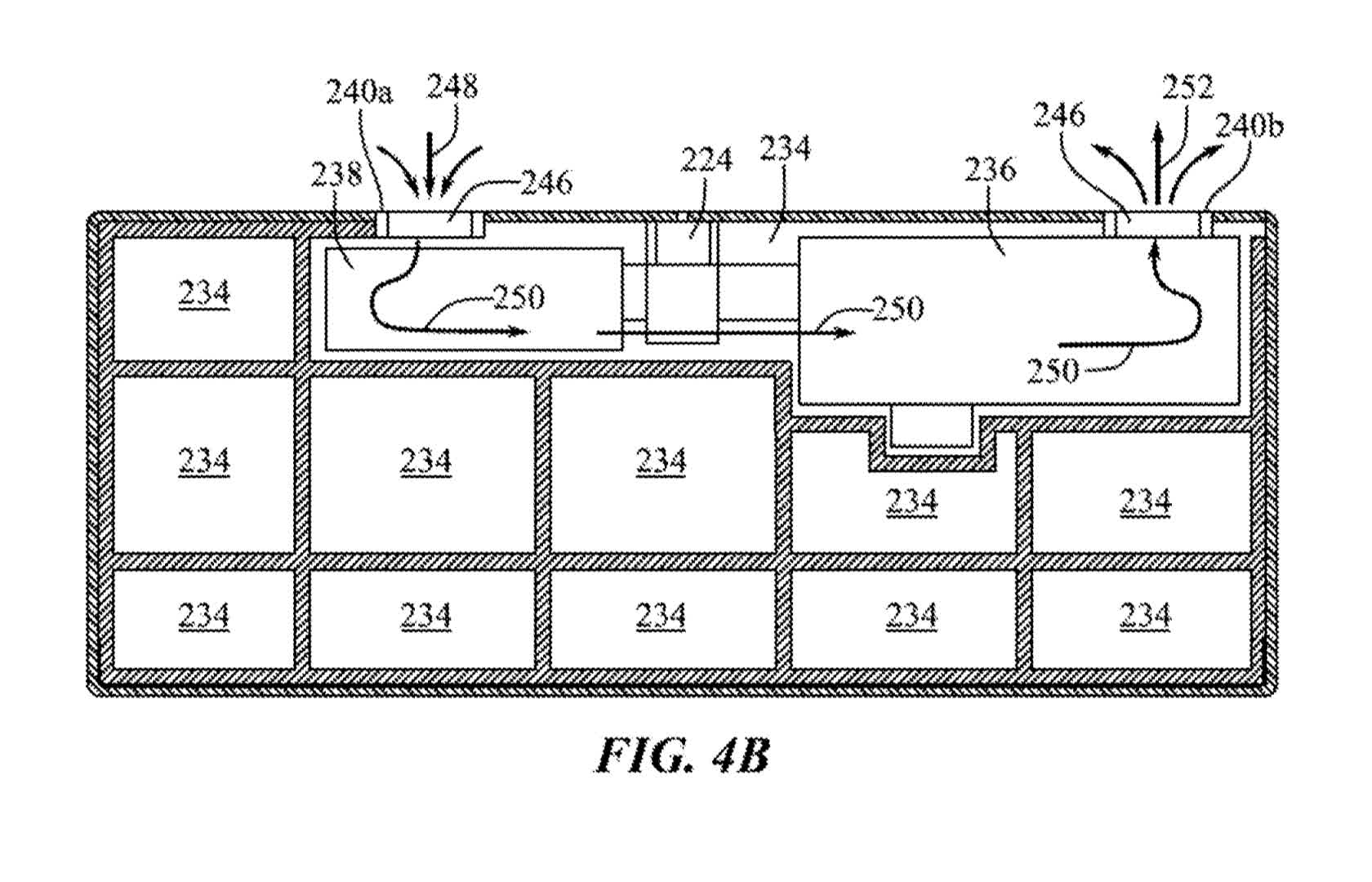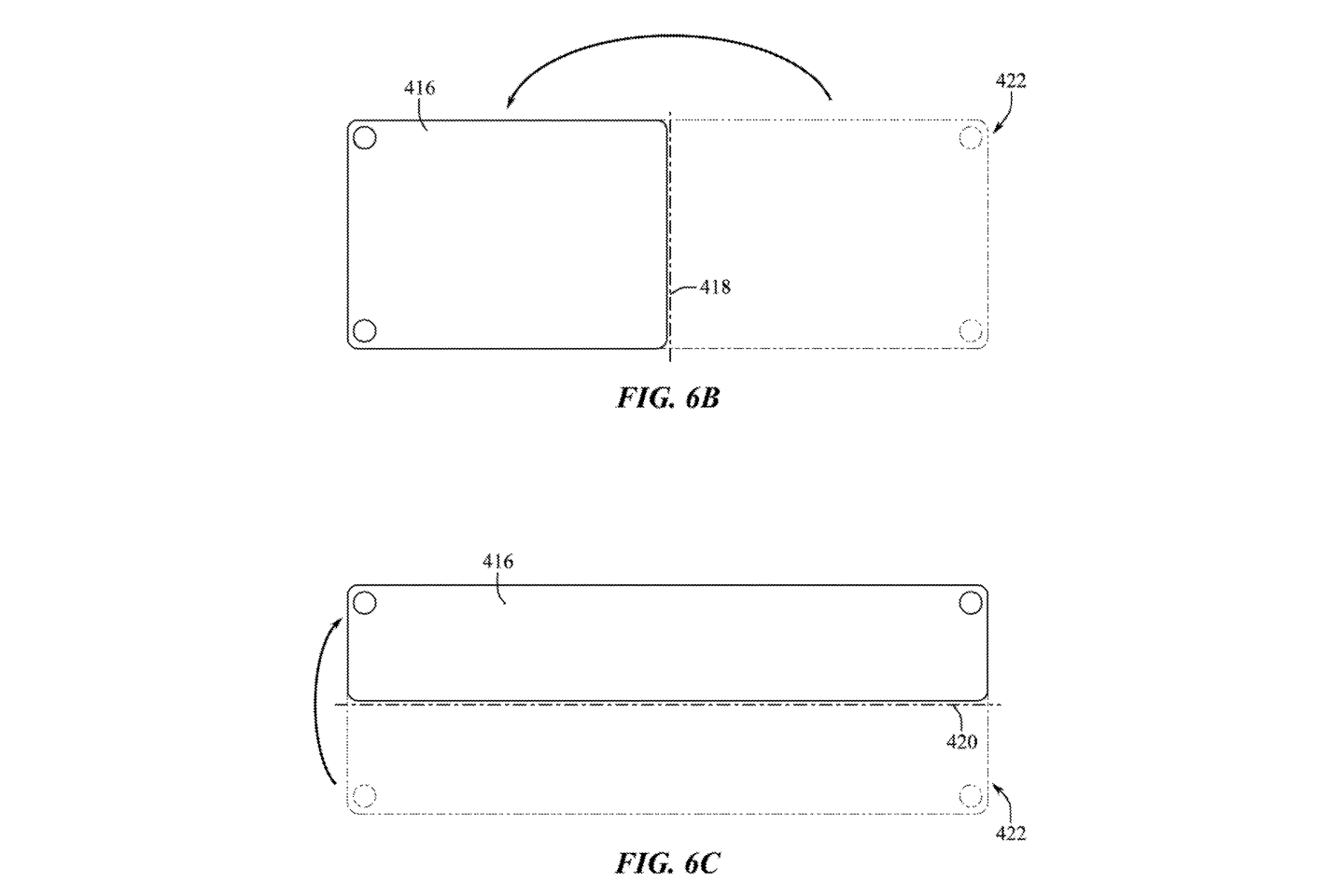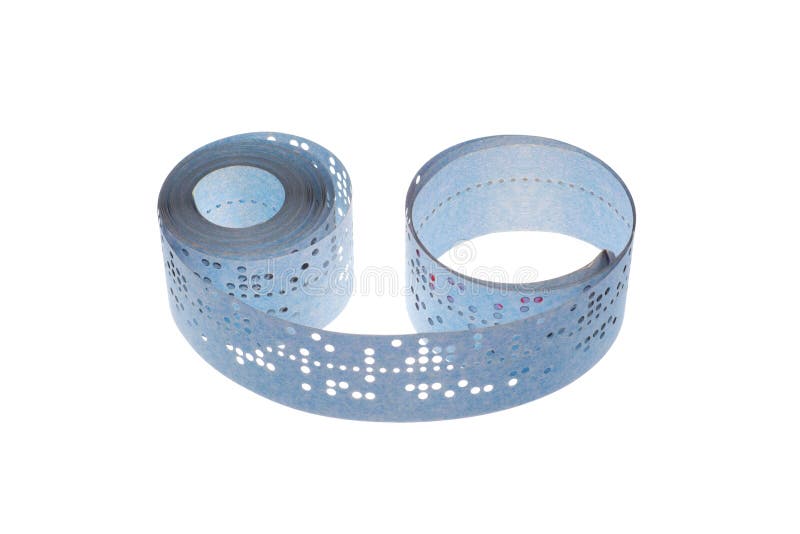Please allow me to correct a number of misunderstandings here that drive the comments and criticism. I'm a patent attorney with 30 years of experience.
First, and most importantly, Apple
has not patented anything, contrary to the article's title and the assumptions in the comments. The writer here does not understand the difference between a
patent (which provides an enforceable right against others) and a
published patent application (which you can use use for toilet paper if you print it out, but I don't recommend it). What we have here is a published application. That's all. Apple cannot enforce this against anyone.
And since this is just a published application, all those complaining about how can Apple patent this, isn't there prior art etc., please check your outrage. You can file a patent application on anything you want. And yes, Apple files on anything that it thinks it has even a small chance of getting patented.
Third, when you talk about patents, its not enough to gloss the concept and then argue against it. The only thing that matters is what is claimed. There are three independent claims here. Here is claim 1.
1. A computing device, comprising: an enclosure at least partially defining an internal volume and an external surface; a keyboard positioned at the external surface; a processing unit disposed within the internal volume; a memory communicatively coupled to the processing unit, the memory disposed within the internal volume;
a singular input/output port positioned at an orifice defined by the enclosure and communicatively coupled to the processing unit and the memory,
the singular input/output port configured to: receive signals and power; and output signals from the processing unit.
This claim defines a computer in a keyboard with the specific requirement: that there is
a single I/O port for both power and signals. So all of those who cite prior keyboards with computers, none of those would directly block this claim, since in all probability they would have had separate power, mouse, display etc. ports. Now whether you think this single port concept is obvious, that's a different question. Personally, I don't think so, given Apple's Ligthning interface and USB-C.
Then there are two claims directed to the cooling modes, as discussed in the article:
13. A computing device, comprising: an enclosure defining an internal volume, a first vent, a second vent; a keyboard positioned on the enclosure; a processing unit disposed within the internal volume; a memory communicatively coupled to the processing unit, the memory disposed within the internal volume;
and an air-moving apparatus disposed within the internal volume to move air along an airflow pathway from an ambient environment into the internal volume through the first vent and from the internal volume into the ambient environment through the second vent.
17. A computing device, comprising: an enclosure defining an internal volume and an external surface, the enclosure comprising a base comprising
a thermally conductive material; a keyboard positioned at the external surface;
a processing unit disposed within the internal volume and in thermal communication with the base; and a memory communicatively coupled to the processing unit, the memory disposed within the internal volume.
Claim 13 is the active cooling approach: a fan-in-a-keyboard-computer. Claim 17 is the passive cooling approach: a themal material-in-a-keyboard-computer.
Now, the
real way to kill these claims is not to look for keyboards with CPUs. The claims say nothing about the size of the "enclosures." This means the claims covers an enclosure of any size so long as it has a keyboard, and a CPU inside. So claim 13 reads on a ATM machine with a keyboard and some of these have fans inside for cooling, along with vents that move air into and out of the enclosure. Consider, for example this
ATM patent. I'm sure there are many other devices in industry that are cabinet or chassis with an external keyboard with a CPU and fan inside. Similarly claim 17 covers any size enclosure so long as it has a keyboard on the outside surface and a CPU coupled to a base having the thermal material.
Also, "keyboard" covers any keyboard, not merely a QWERTY keyboard. A patent examiner should interpret "keyboard" to cover any arrangement of keys, including a numeric keypad, or even a handful of buttons. Indeed, "keyboard" includes the keys on a musical instrument: think of a music synthesizer. Here, we find a
Moog synthesizer circa 1970s that specifically used a thermal cooling: "Finally we have the integrated power amplifier IC that drives the small monitor speaker located on the RHS of the front panel. It’s a large module that is screwed to the circuit board and
it uses the metal on the circuit board as a heat sink to remove some of the heat from the chip when it’s working hard." Now a amplifier IC is not a CPU but it certainly makes obvious the application because there's nothing that the CPU does differently here that's relevant to the overall function of the claim.
So that's how you understand a patent and how you kill it.
What will happen, with a good examiner, is that Apple will have to dramatically narrow these claims. Most likely they will limit the claim to a "portable" enclosure and argue that stuff like ATMs and kiosks are not portable. That still leaves musical synthesizer. They will get around that by limiting the keyboard to an "alphanumeric keyboard". Will they succeed? Yes and no. They will get a patent, the only question is how broad or narrow the claims will be. A good examiner will find the prior art I found and push back.
Now, if you
really are upset about this, and you want to influence the outcome, good news: you can try. You can
submit prior art to the USPTO and explain why it is relevant. You can use the examples I provide and any more you can find--maybe vending machines with keypads, smart convention ovens with touchpads (they have fans built in). Think about all the things other than computers that have keyboards or keypads: almost every one of them will integrate the keyboard on the chassis itself. Then ask: does it have a fan inside? That's enough for claim 13; or a heat sink for claim 17. Remember, the only thing that matters is the claim. So provide a comparison of each claim element (clauses separated by semi-colons) and the prior art. Don't go on about how keyboards are known, or the examples in the specification, or how your Dad has a Commodore 64 in the garage--totally irrelevant.
Finally, yRaz incorrectly states "When patents expire after 25 years Apple indefinitely gets the right of first refusal to renew it." Sorry, this is not even wrong. First,
patents expire 20 years after the effective filing date (plus any term extension) If this is ever granted, it will expire on August 2, 2041 (assuming no term extension). Second once a patent expires, no one, can "renew it," not the original patent owner or anyone else.





